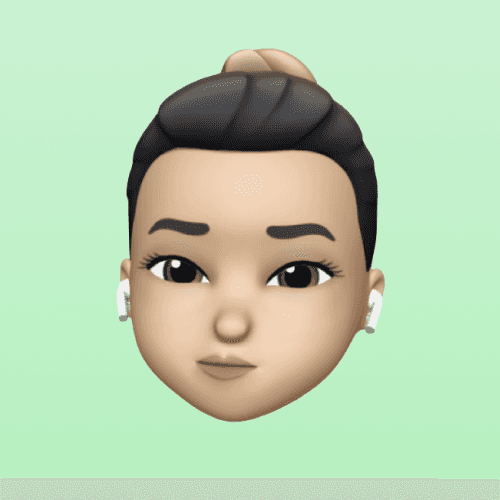Product
My Role
Timeline
Team Size

An iOS app designed to offer a fast way for users in small cities to order their favorite dishes, featuring an intuitive ordering process and real-time tracking.
I led the end-to-end design process, delivering a user-centered solution through research, ideation, and iterative.

1.Define
Business Model Canvas, Competitor Analysis, Surveys & Interviews, Job Stories, CJM Workshop

2.Ideate
Features Prioritization (Kano Model), Information Architecture, User Flow

3.Prototype & Testing
Prototype, Usability Testing (focused on wireframes)

4.Design
Wireframes, Visual Design, Design System
This app serves small cities where restaurants rely on their own couriers, requiring users to call for orders without tracking or delivery estimates. Newcomers also struggled to find the best options.
• Centralized Ordering: Combined menus into one app for easy browsing and ordering.
• Real-Time Tracking: Enabled live updates on order status.
• Curated Recommendations: Highlighted top-rated restaurants and popular dishes for newcomers.
•Intuitive Design: Created a user-friendly interface accessible to all.

I analyzed 10 competitors. The analysis highlighted the following key findings:

Delivery Time Visability
Many competitors lacked a feature to display delivery times.

Detailed Search Fuctionality
Some competitors offered limited search options.

Promotional Code Management
Promo codes were often poorly managed, with some getting lost or lacking clear expiration dates.
I ran a survey with 30+ responses, uncovering key pain points: users struggled with order tracking, sought restaurant recommendations, and valued the option to select delivery times.

“I can’t track my order/ the tracking in the app is not working correctly”

“I can choose the time when my order will be delivered to my place”

“My recommendations are terrible, there is nothing that I like”
I conducted five interviews that revealed key pain points with other delivery apps.
We held the workshop for 2 days, in total it took more than 5 hours. It was attended by designers, a stakeholder and 3 respondents.
After collecting feature ideas based on the quantitative and qualitative data I gathered and brainstorming sessions with the team, I prioritized features for the app’s first version using the Kano Model.
The app's initial version had search filters in the search bar, but users struggled to find them, making searches harder.
Another version separated the filter button from the search bar, improving visibility.
Users found it challenging to identify where to add multiple dishes to their order from the restaurant menu. This created confusion and hindered the flow of the ordering process.
To solve this, a quantity picker with high visibility was added, allowing users to easily adjust the number of dishes directly from the menu.

The onboarding experience warmly welcomes users, serving as the first step in building a connection.
Registering is a simple 3-step process. Just enter your details, verify your phone number, and you're ready to go.
The search function works beyond just restaurant or dish names. Usability testing revealed that users prefer diverse ways to discover dishes—whether they’re exploring new options or looking for something specific.

Filters
The filters provide users with a wide range of customization options, allowing them to find exactly what they’re looking for.
The main challenge was simplifying the ordering process to be as quick as calling a restaurant while keeping search and filter functions intuitive—a need revealed during usability testing.

Improved Experience with User Testing
User testing revealed issues with filter visibility. This improvement made filters more accessible, streamlining the restaurant discovery process.

User-Centered Testing and Iteration
Conducted thorough user testing and implemented actionable insights, resulting in a 63.7% task completion rate and improved overall usability.

Streamlined Ordering Flow
Simplified the ordering flow, reducing confusion when adding multiple dishes, which improved user efficiency and satisfaction.






















